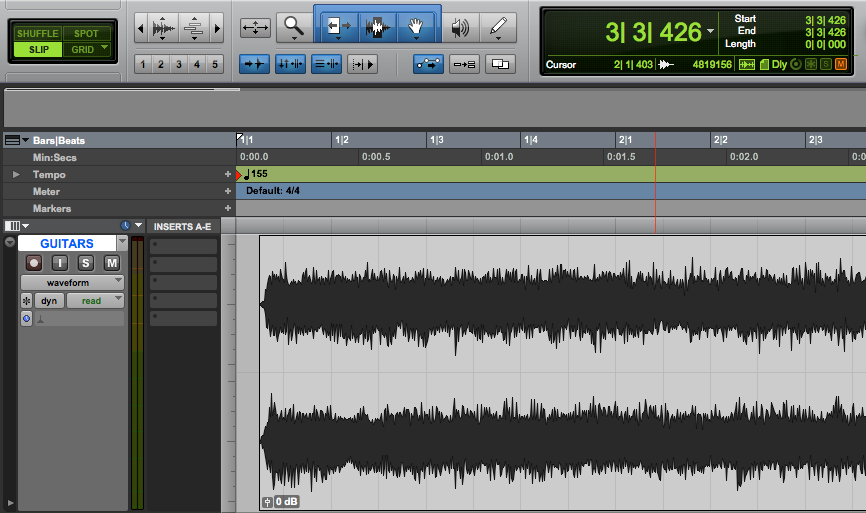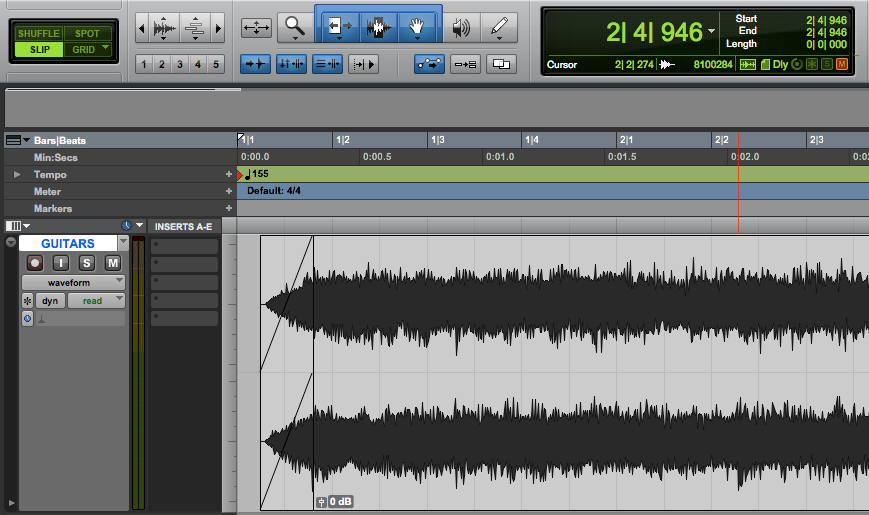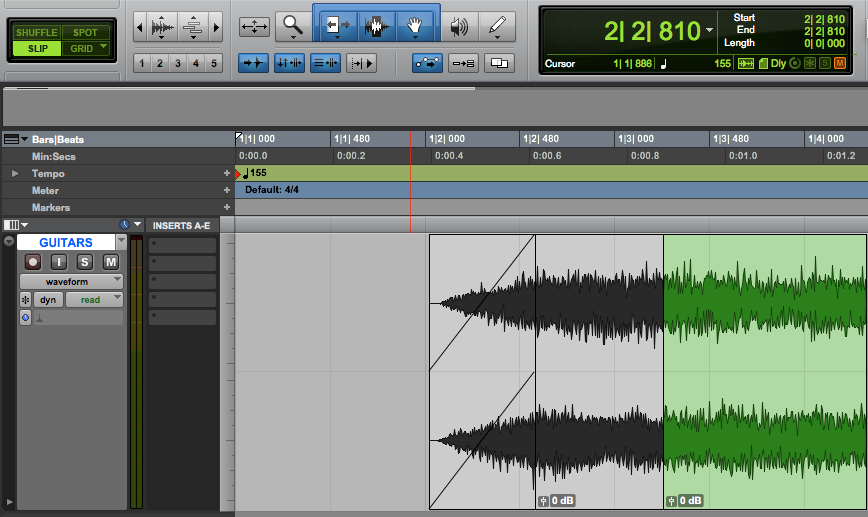Slip Mode in Pro Tools
This blog is part of our new series of tutorials based on Avid’s flagship Digital Audio Workstation, Pro Tools.
Want to learn how to use Avid Pro Tools in real time, with a professional digital audio trainer? It’s faster than blogs, videos, or tutorials. Call OBEDIA for one on one training for Avid Pro Tools and all digital audio hardware and software. Mention this blog to get 15 bonus minutes with your signup! Call 615-933-6775 and dial 1, or visit our website to get started.
Need a Pro Audio laptop or Desktop PC to run Avid Pro Tools software and all of its features at its best?
Check out our pro audio PCs at PCAudioLabs.
Getting started with how to use Slip Mode in Pro Tools
Pro Tools is a software that lets you produce, record, edit and mix audio as well as MIDI performances.
After we are done with the recording stage of a production, we will get into the editing stage.
When editing, we typically correct timing differences, human error, compile takes and create crossfades. In other words, we manipulate and move audio clips on the timeline.
Pro Tools presents four different “Edit Modes” that help us achieve these operations.
Edit Modes affect the movement and placement of audio and MIDI clips, the way commands such as Copy and Paste work, and also how the edit tools operate (trim, selector, grabber, etc).
Today we will learn how to use Slip Mode in Pro Tools:
- Create or Open a Pro Tools session:
2. Edit Modes can be selected at the top left menu:
3. Click on “Slip” to select the Slip Mode:
It will turn light green indicating it is active.
In Slip Mode, clips can be moved freely across the timeline. The selected Grid does not affect the placement of clips.
This Mode also lets you place a track on top of another one, overlapping the audio information.
4. Move an audio clip anywhere in the timeline:
It is easy to see how the audio clip could be moved anywhere. On the picture above, the file starts in between two grid marks.
5. Create a fade in or fade out:
Once again it can be seen that the fade in length is completely up to the user. Since Slip mode works in a free-floating fashion, the length can be as long or as short as required, not following the grid.
6. Slice an audio clip and overlap it with any other:
Once again it can be seen that Slip Mode lets us overlap clips as needed, with no restriction of length or grid marks.
And that is it!
At this point, we have successfully explained how to use Slip Mode in Pro Tools.
Using Avid Pro Tools software to produce music would be ideal with one of our professionally designed PCAudioLabs Systems due our high-performance specifications in order to work with any of the Digital Audio Workstations supported. If you would like to order one of our PCAudioLabs computers, please call us at 615-933-6775 or click this link for our website.






